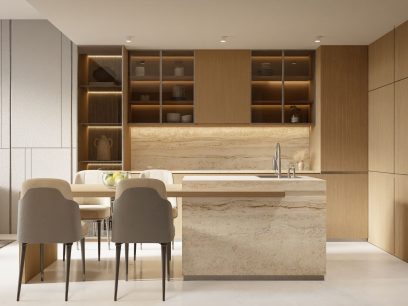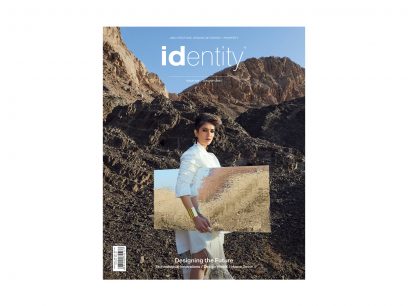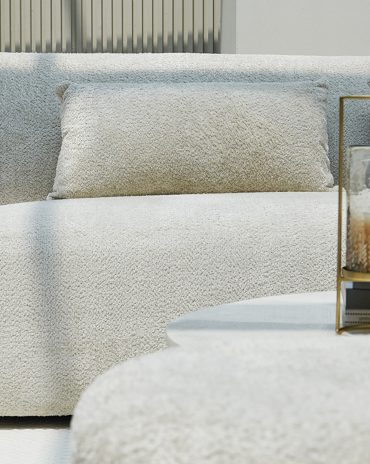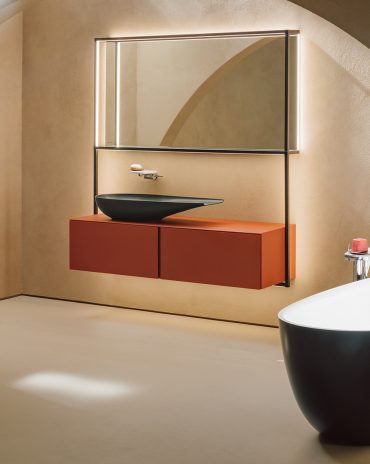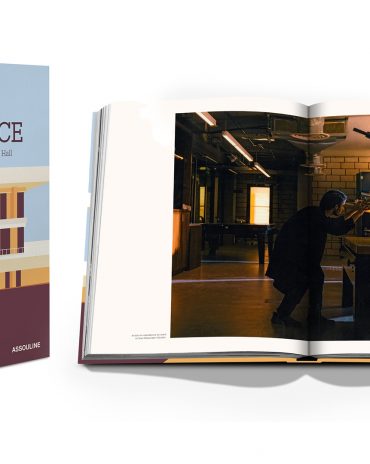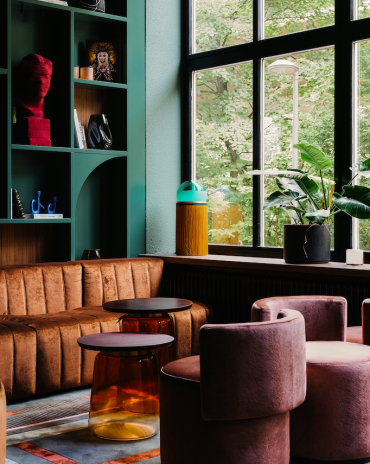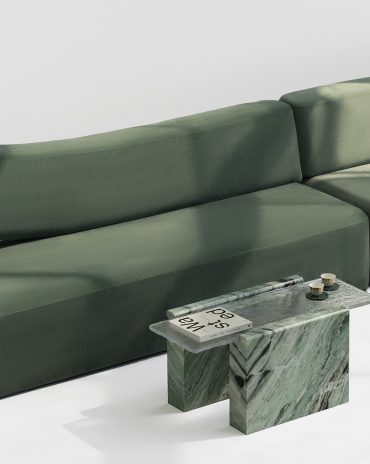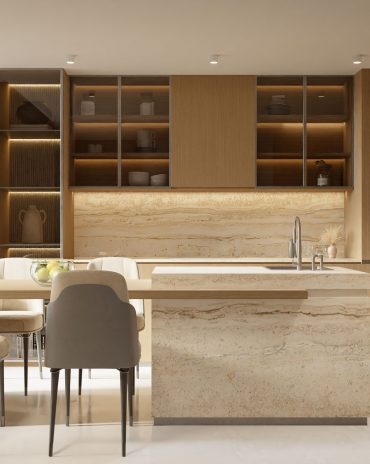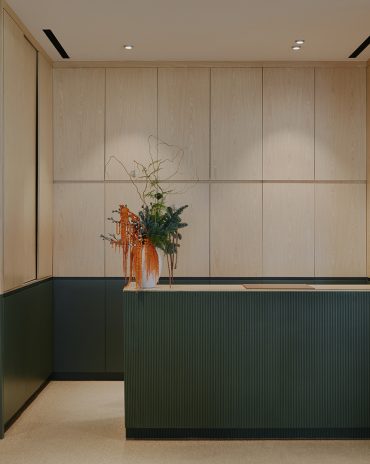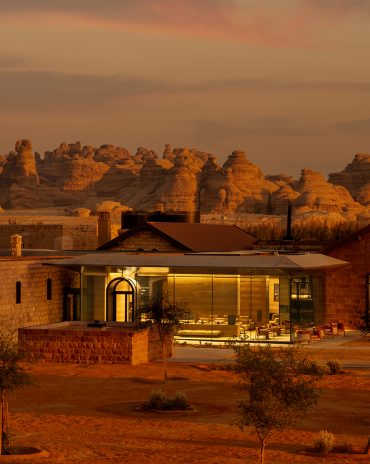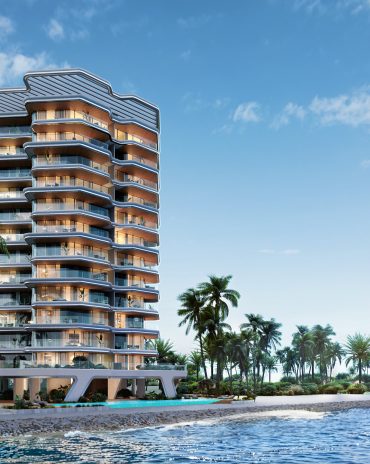Copyright © 2025 Motivate Media Group. All rights reserved.
Dar Tantora is the newest hotel in Saudi Arabia’s historical town of AlUla
It has been inspired by its landmark sundial and traditional building methods
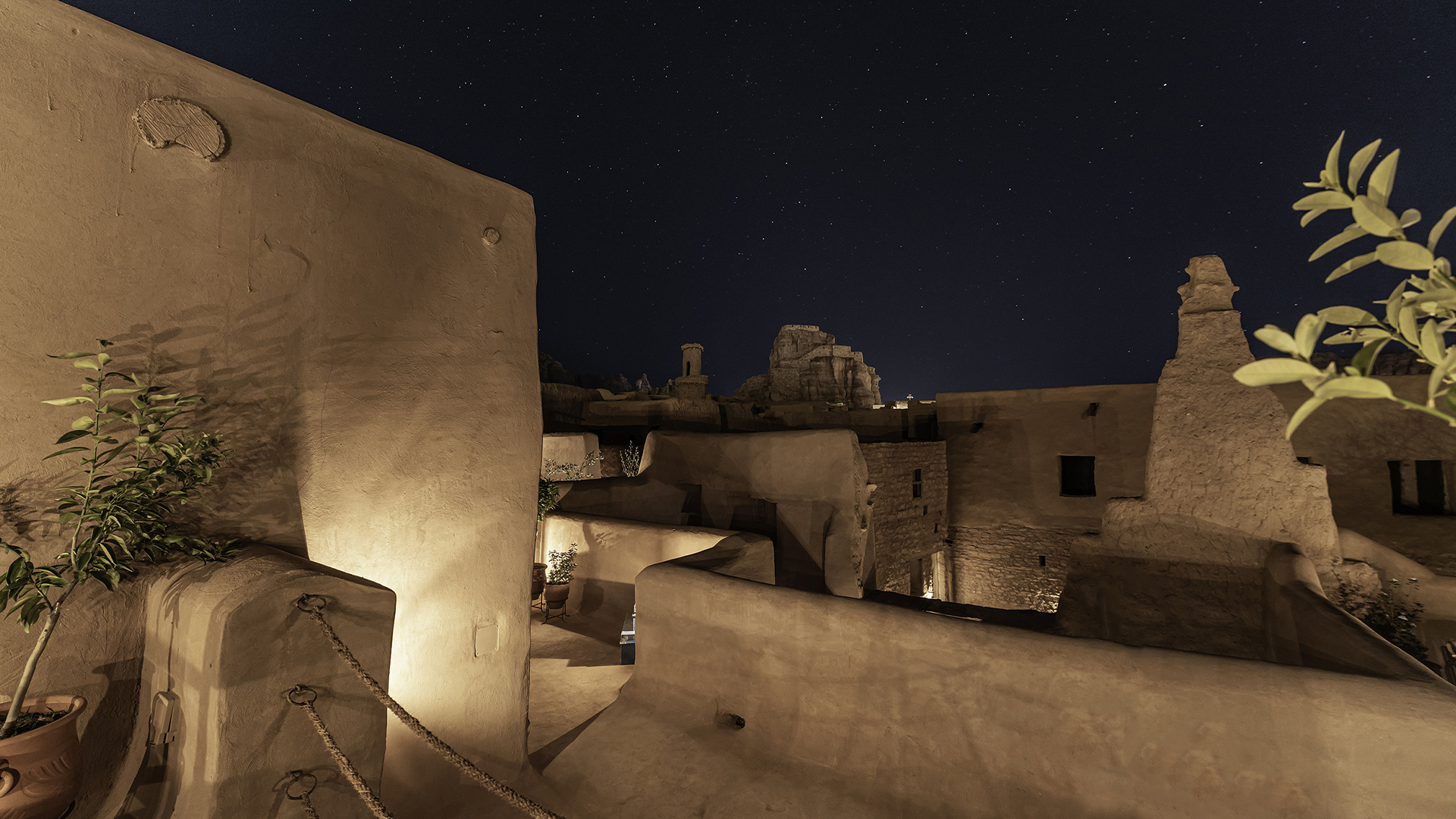
Tantora AlUla is a sundial that has been used by the locals of the historical Old Town of AlUla in Saudi Arabia for hundreds of years to announce the changing of the seasons. On the first day of winter, the sun’s rays fall directly on the stone sign, announcing the return of agricultural activities. It is on the site of this landmark sundial (Sahat Ad Darb) that the Dar Tantora guest house is set; the dial acts as inspiration for the design, which comprises several historical mud-brick buildings. The original architecture has been restored and repurposed, preserving it out of respect for the local community and customs while allowing visitors to immerse themselves in the heritage of the area.
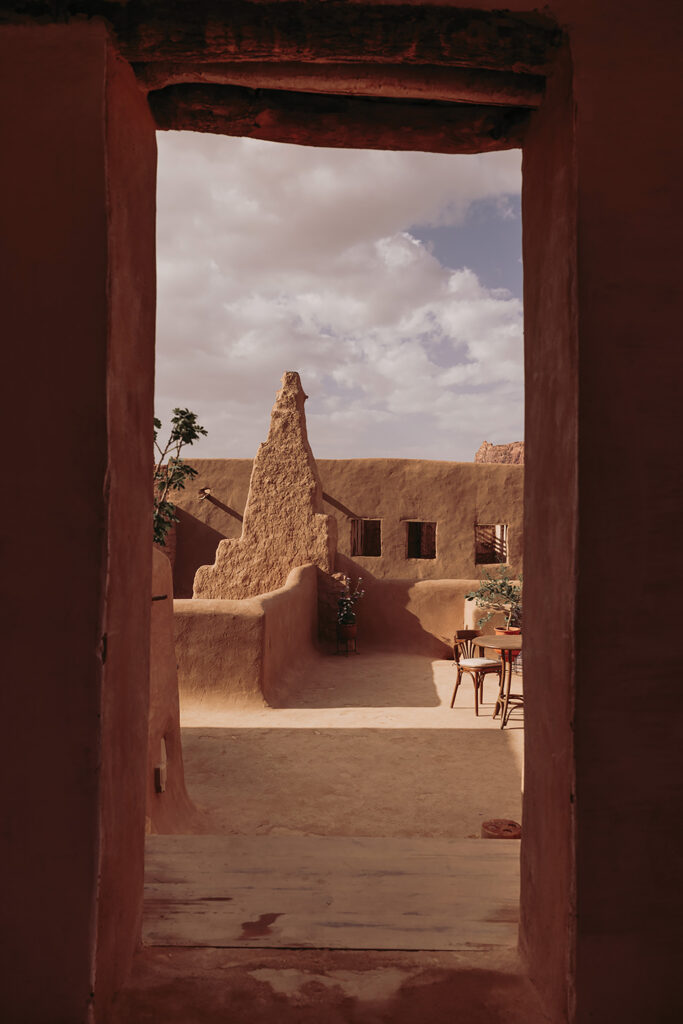
Sahat Ad Darb, once known as Tantora, served as a vital link between the town and the oasis, facilitating the distribution of spring water to farmers and signalling the beginning of the seasons. Today, the Winter at Tantora festival celebrates the harvest season, honouring farmers and their contributions to the community.
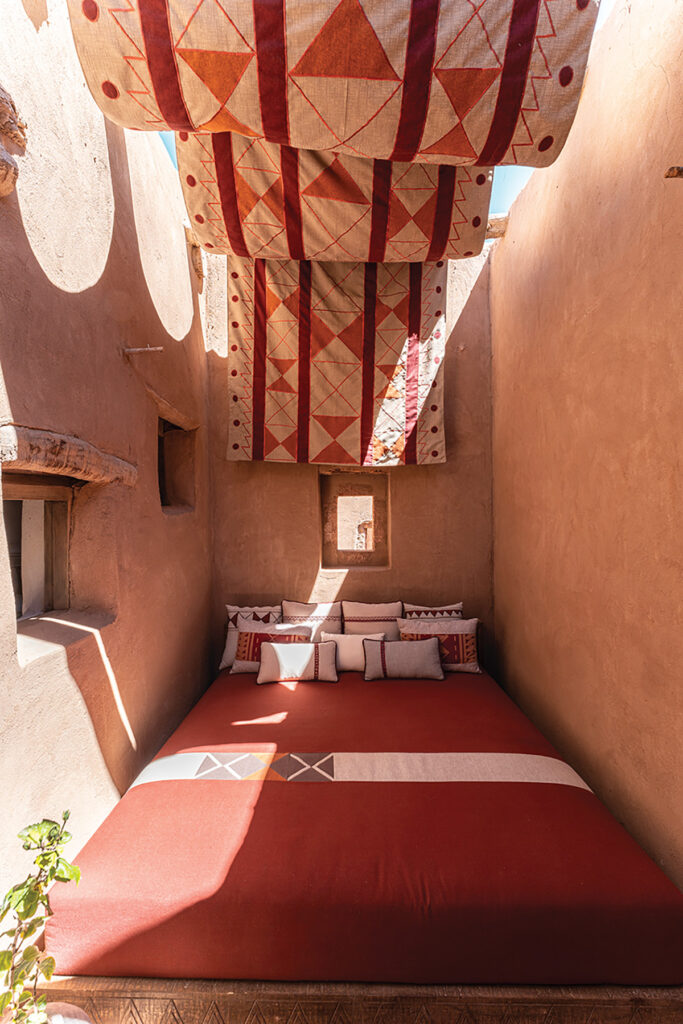
Each hotel room is set inside a traditional mud house which is closely-knit with the others, forming a continuous defence wall that reflects the community’s close bonds and shared history. Narrow alleys wind through the maze-like plan, leading one to open marketplaces and corridors.

The restoration of the old town of AlUla is being led by the Royal Commission for AlUla (RCA), working alongside a heritage team and various consultants. Using contemporary engineering methods and time-honoured techniques, local artisans were also engaged in the restoration, and received special training to complete the project. This included using the same techniques that were once employed to build the mud houses, which are great examples of traditional sustainable architecture. Much like with other projects by the RCA, a Sustainability Charter has been assigned to govern each project’s economic, social and environmental impacts – and Dar Tantora is no different.
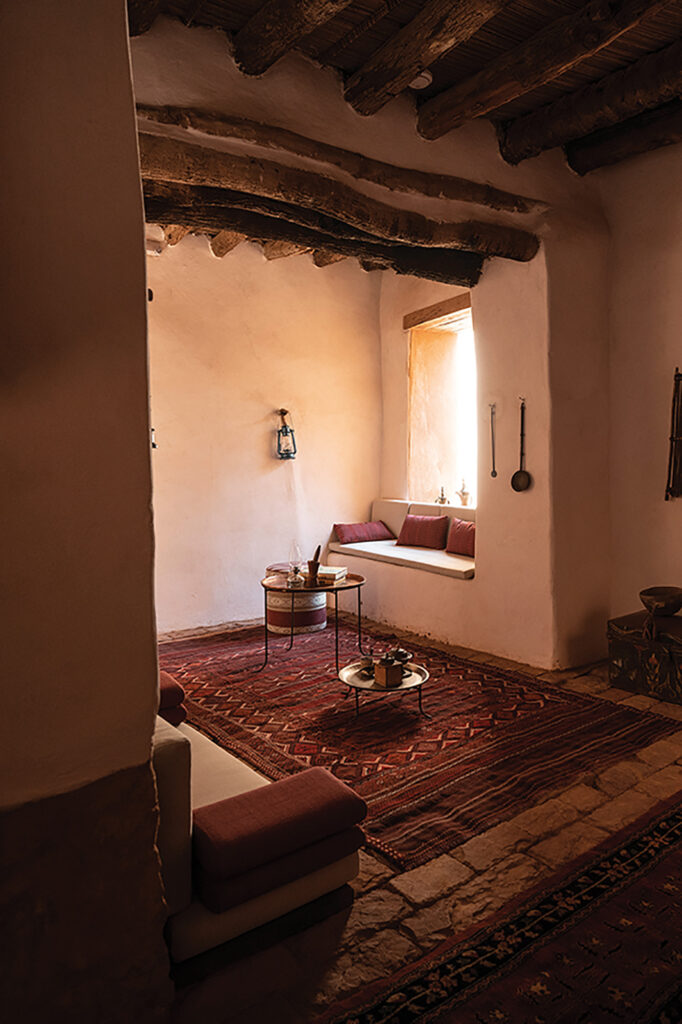
The commitment to sustainability and to preserving the town’s architectural heritage is evident throughout the project. The intricate architectural design reflects the thoughtful planning that facilitated the town’s self-sufficiency for centuries. The traditional mud-brick houses, with their effective use of natural ventilation and lantern fires, demonstrate a deep respect for the environment and a dedication to sustainable living.
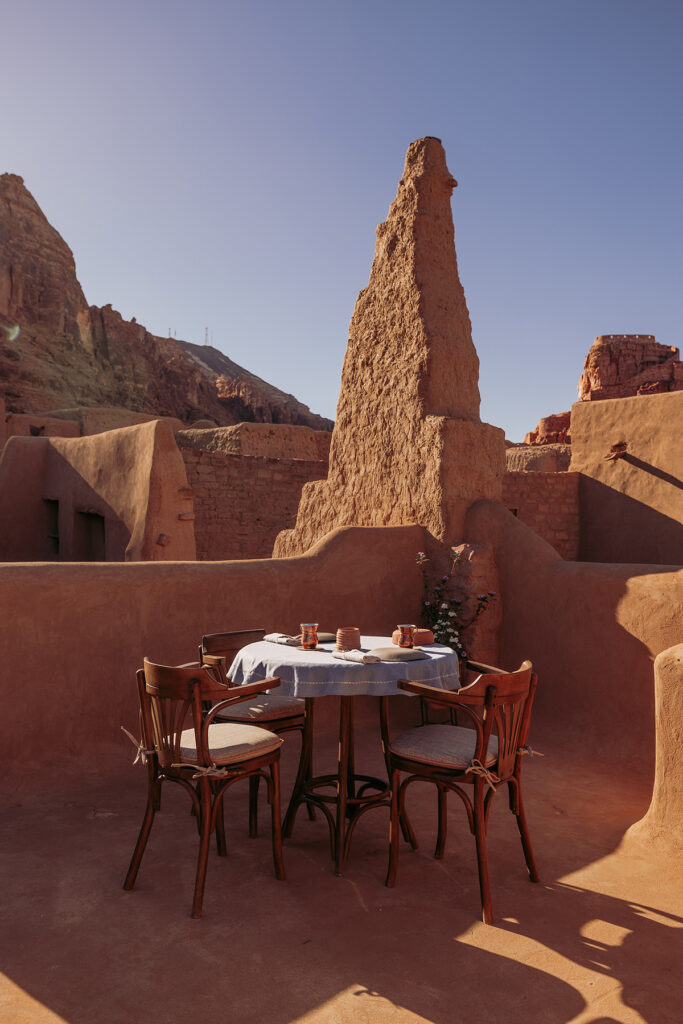
Jeddah-based architecture and design studio WATAD – led by Dana AlAmri and Yahia Kandil – took charge of the concept and interior architecture for the first phase of the boutique hotel, which hosts 30 rooms. The architects told identity that they “designed the [hotel] to run like a traditional house,” as a way to showcase the vibrant traditions and culture of the town. With the aim of amplifying the landscape, the traditional building and the culture of the town, the architects focused on protecting the original visual and architectural elements of the buildings, allowing guests to journey back in time. Interacting with the local community played a vital role in creating an experience that was true to the area and its heritage. This is also evident in the interiors, in which the architects insisted on promoting artisanal and locally made objects, materials, fabrics and patterns that are a showcase of the Northern Arab region. They also collected antique objects from the area to be displayed across the property.
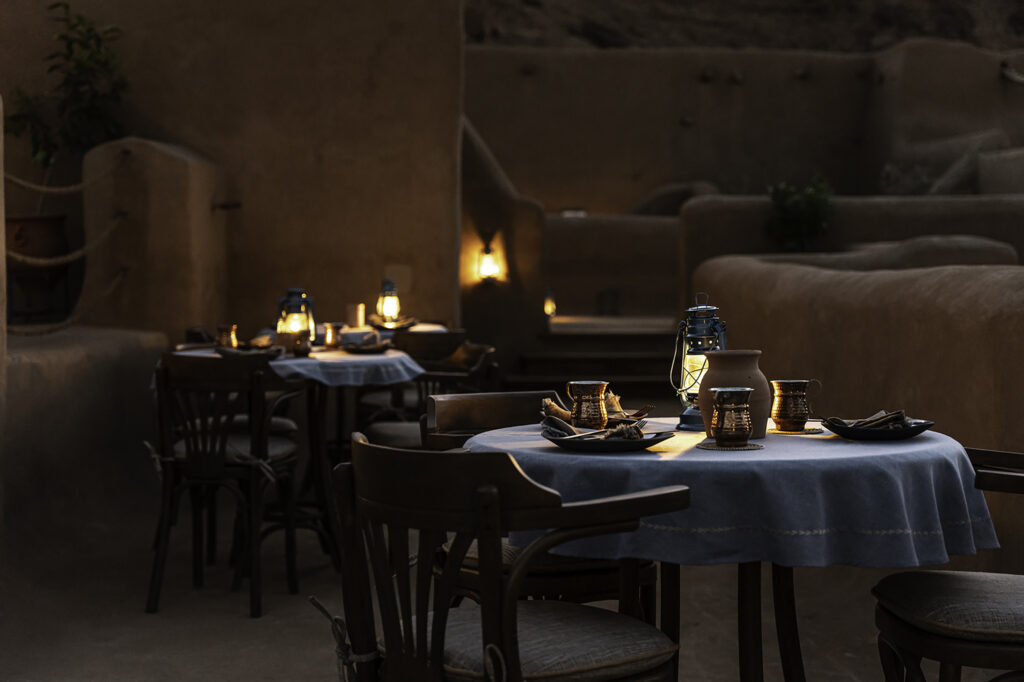
The hotel rooms themselves are adorned with traditional décor, furniture and artistic accents, incorporating storytelling elements that capture the area̕s intangible heritage.

“We were guided here by the process, which is a true example of how we love to work as a team,” the designers said. “It allows us to learn something new every time – and that is where we find the pleasure in what we do.”
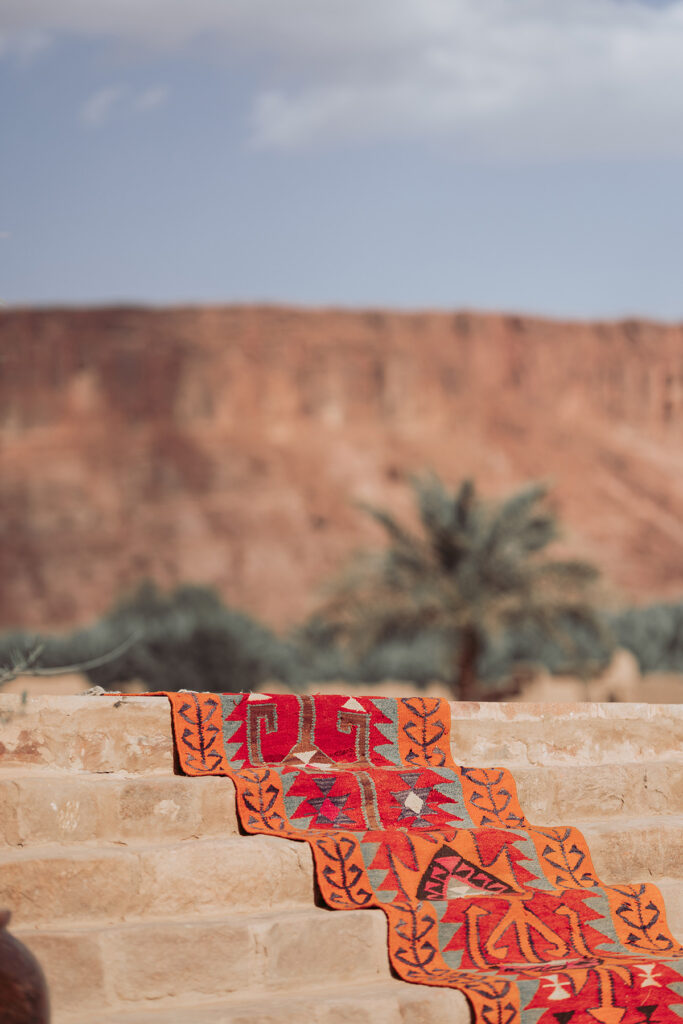
More of Saudi Arabia’s historical town of AlUla? Read here.
The Latest
Textures That Transform
Aura Living’s AW24 collection showcases the elegance of contrast and harmony
Form Meets Function
Laufen prioritises design, functionality and sustainability in its latest collections
Preserving Culture, Inspiring Creativity
Discover the Legacy of a Saudi Art Space: Prince Faisal bin Fahd Arts Hall explores the Hall’s enduring influence on the cultural fabric of Saudi Arabia
Channelling the Dada Spirit
Free-spirited and creative, The Home Hotel in Zurich injects a sense of whimsy into a former paper factory
id Most Wanted- January 2025
Falaj Collection by Aljoud Lootah Design
Things to Covet in January
identity selects warm-toned furniture pieces and objets that align with Pantone’s colour of the year
Shaping the Future of Workspaces by MillerKnoll
Stacy Stewart, Regional Director Middle East & Africa of MillerKnoll discusses the future and evolution of design in workspaces with identity.
Shaping Urban Transformation
Gensler’s Design Forecast Report 2025 identifies the top global design trends that will impact the real estate and built environment this year
Unveiling Attainable Luxury
Kamdar Developments has launched 105 Residences, a new high-end development in Jumeirah Village Circle.
The Muse
Located in the heart of Jumeirah Garden City, formerly known as ‘New Satwa’, The Muse adds to the urban fabric of the area
Cultural Immersion Meets Refined Luxury
The Chedi Hegra opens its doors in AlUla’s UNESCO World Heritage Site
Redefining Coastal Luxury
Sunshine Bay on Al Marjan island combines seaside views, exceptional design, and world-class amenities to create a unique waterfront haven


